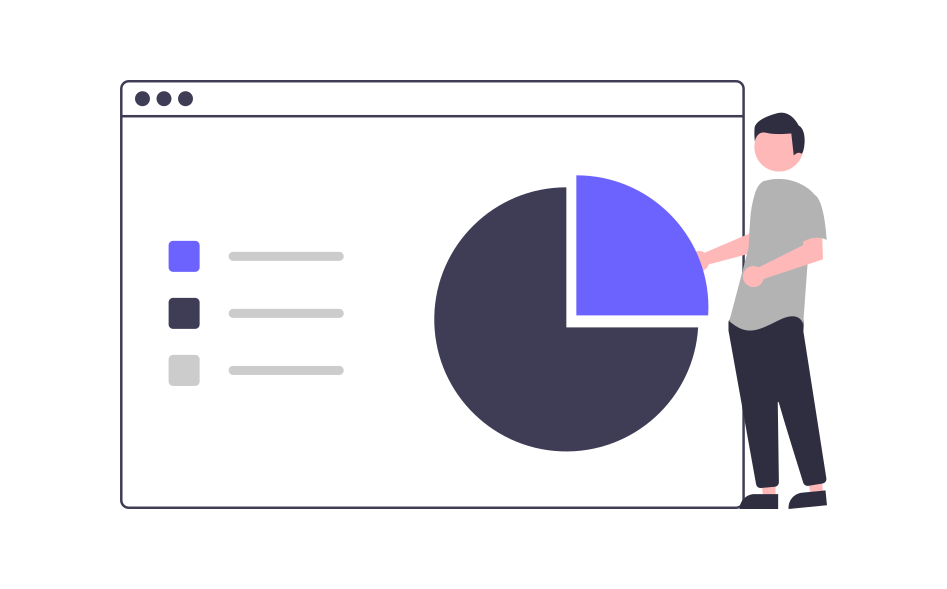While demographic segmentation lays the groundwork for understanding your audience, advanced segmentation techniques can take your marketing efforts to the next level. By incorporating psychographic, behavioral, and geographic data, you can achieve a more nuanced and precise targeting strategy. This blog will delve into various advanced segmentation methods, offering insights into how you can leverage them for more effective marketing.
The Limitations of Demographic Segmentation
Demographic data, though essential, only scratches the surface of who your audience truly is. Age, gender, and income provide a basic understanding but fail to capture the complexities of individual preferences and behaviors. To bridge this gap, advanced segmentation techniques are necessary.
Psychographic Segmentation
Understanding Psychographics
Psychographic segmentation divides your audience based on lifestyle, values, interests, and personality traits. This method goes beyond the "who" and delves into the "why" behind consumer behavior.
Implementation Tips
- Surveys and Interviews: Conduct in-depth surveys and interviews to gather qualitative data about your audience’s attitudes and interests.
- Social Media Analysis: Analyze social media interactions to gain insights into your audience’s hobbies, preferences, and values.
Behavioral Segmentation
Understanding Behavior
Behavioral segmentation focuses on how consumers interact with your brand, including their purchasing habits, usage patterns, and brand loyalty.
Implementation Tips
- Purchase History: Analyze transaction data to identify patterns in buying behavior.
- Engagement Metrics: Track how users interact with your website and social media channels to understand their behavior and preferences.
Geographic Segmentation
Understanding Geography
Geographic segmentation categorizes your audience based on their location. This method is particularly useful for businesses with location-specific offerings.
Implementation Tips
- Local Trends: Study local market trends and cultural nuances to tailor your marketing messages.
- Weather and Climate: Consider weather patterns and climate conditions that might influence consumer behavior in different regions.
Combining Segmentation Techniques
The Power of Integration
Combining multiple segmentation methods can provide a holistic view of your audience. For instance, integrating psychographic and behavioral data can reveal not only who your customers are but also why they behave in certain ways.
Implementation Tips
- Data Integration Tools: Utilize advanced data integration tools to merge and analyze data from various sources.
- Cross-Referencing Data: Cross-reference demographic data with psychographic and behavioral insights to create comprehensive customer profiles.
Leveraging Technology
AI and Machine Learning
Advanced technologies like AI and machine learning can enhance your segmentation efforts by identifying patterns and predicting behaviors that are not immediately apparent through traditional methods.
Implementation Tips
- Predictive Analytics: Use predictive analytics to forecast future behaviors and trends based on historical data.
- Automation: Automate the segmentation process to save time and increase accuracy.
Benefits of Advanced Segmentation
Enhanced Personalization
By understanding the deeper aspects of your audience, you can create highly personalized marketing campaigns that resonate more effectively.
Increased Engagement
Tailored messages and offers based on advanced segmentation techniques are more likely to capture attention and drive engagement.
Improved ROI
Focusing your marketing efforts on well-defined segments can lead to more efficient use of resources and a higher return on investment.
Conclusion
Moving beyond demographic segmentation to incorporate psychographic, behavioral, and geographic data can significantly enhance your marketing strategies. By leveraging advanced segmentation techniques and modern technology, you can achieve more precise targeting, resulting in more personalized and effective marketing campaigns.


